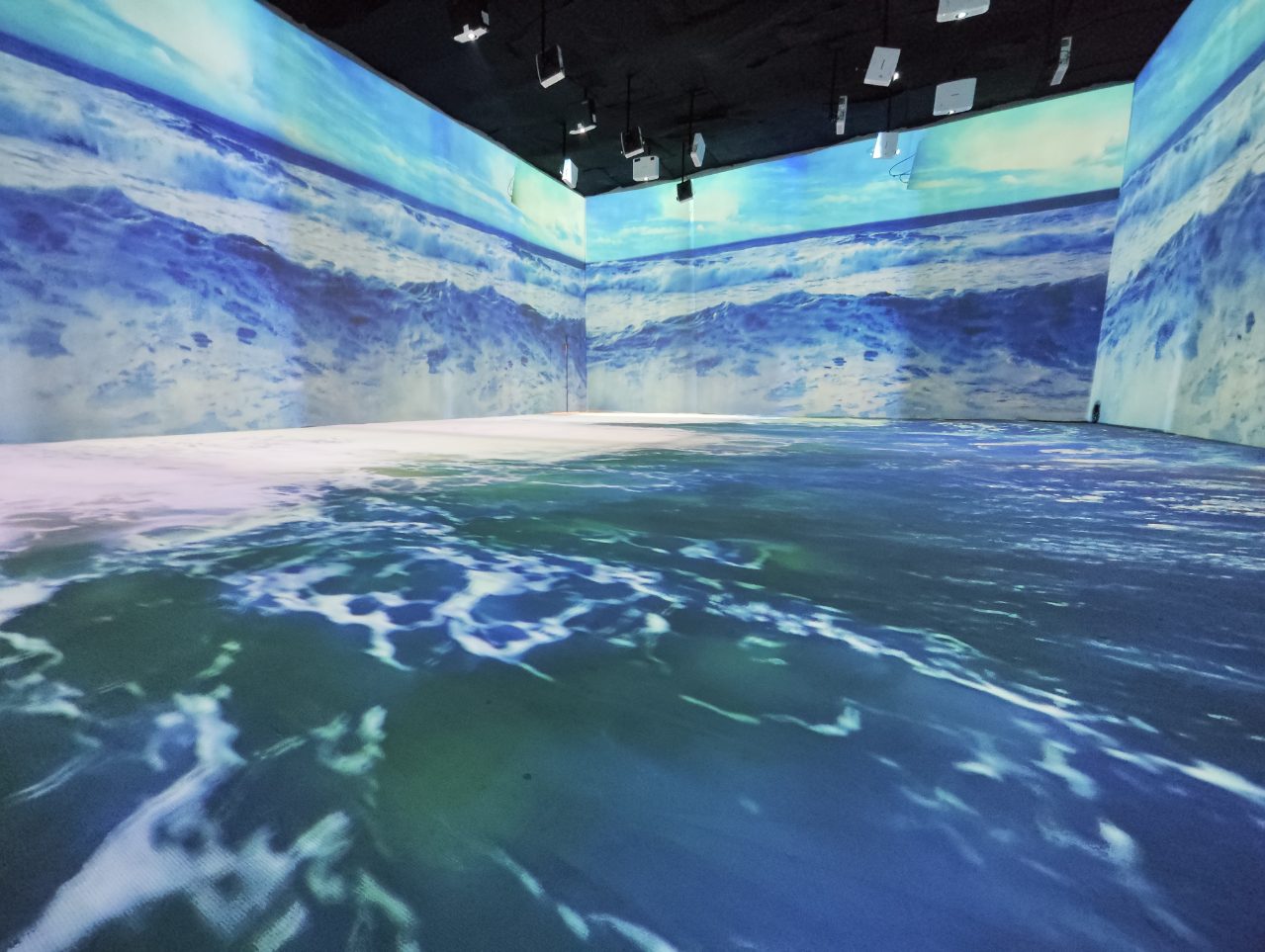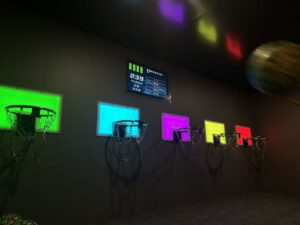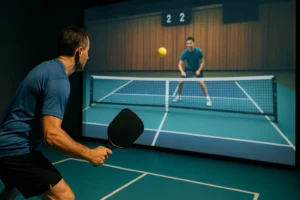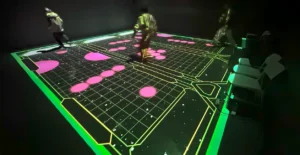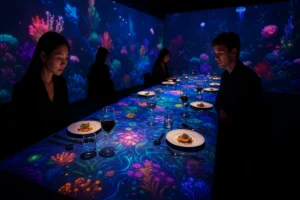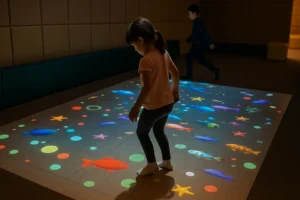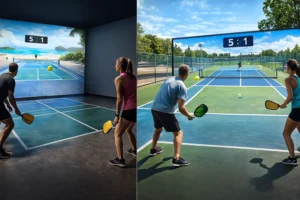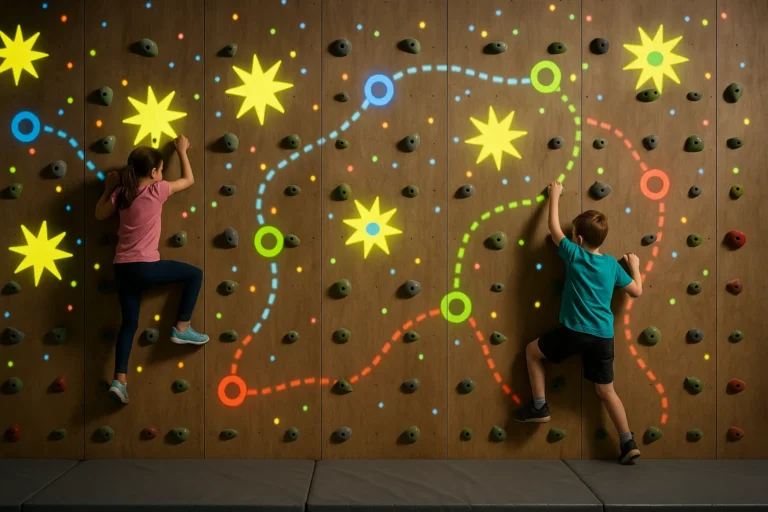Introduction to Immersive Projection Room
An immersive projection room, often referred to as an “immersive environment” or “projection mapping space,” is a specialized setup designed to transport viewers into a highly immersive and interactive visual experience. These spaces utilize advanced projection technologies to create an all-encompassing environment that can be used for a variety of applications, from entertainment and art to education and training.
In an immersive projection room, high-quality projectors are strategically positioned to project images or videos onto the walls, floor, and sometimes even the ceiling of the room.
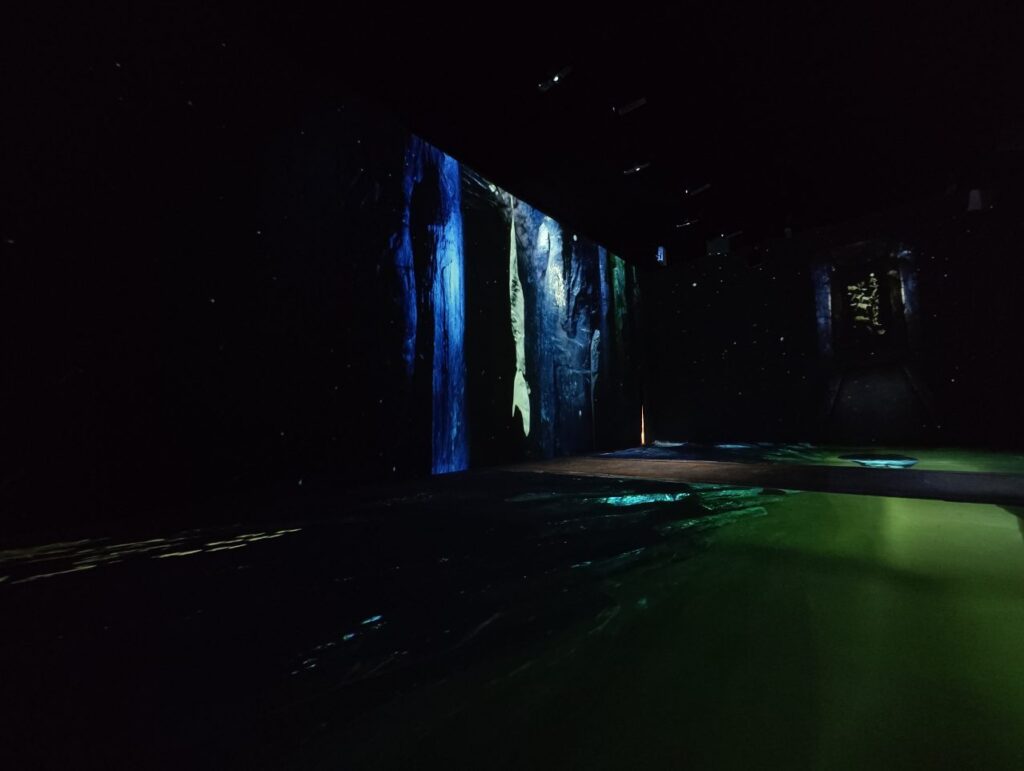
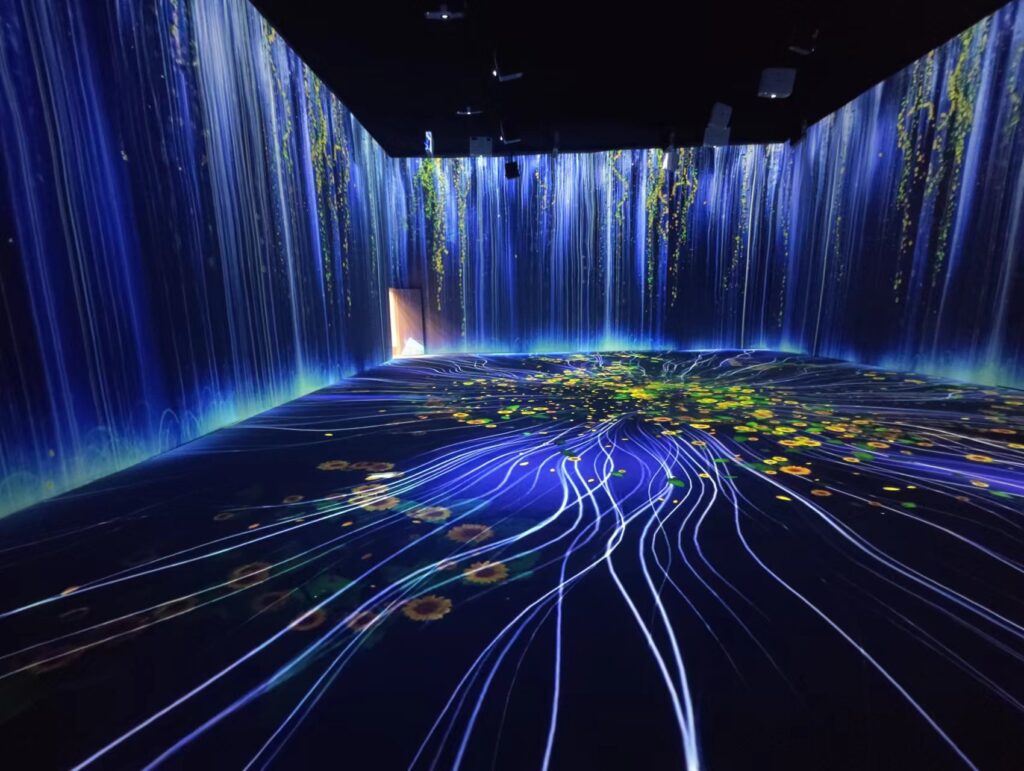
What equipment is needed for an immersive interactive projection mapping room?
- High-Quality Projectors: Multiple high-resolution projectors are the core of an immersive projection mapping room. These projectors should be capable of producing bright, sharp, and clear images. The number and type of projectors needed depend on the size and complexity of the projection space.
- Media Servers: Media servers are used to store, manage, and play back the content (videos, animations, graphics) that will be projected onto the surfaces. They ensure smooth playback and synchronization across all projectors.
- Content Creation Tools: To create the immersive content, you’ll need software tools for 3D modeling, animation, and video editing. Content creation can range from 3D models to video clips and interactive elements.
- Interactive Sensors: Depending on the interactivity you want to include, you may need sensors like infrared cameras or depth cameras (e.g., Kinect) to detect user movements and interactions. These sensors enable real-time responsiveness to user actions.
- Calibration Systems: Projection mapping rooms require precise calibration to ensure that the projected images align perfectly with the physical surfaces. Calibration systems and software are used to achieve this alignment.
- Spatial Audio System: Immersive audio is a crucial component of the experience. You’ll need a spatial audio system that synchronizes sound with the visuals, creating a 360-degree auditory experience.
- Computers and Servers: Powerful computers are required to run the media servers and content creation software. These computers need to be capable of handling the rendering demands of the immersive content.
- Control System: A control system or software is necessary to manage and control the entire setup, from content playback to calibration and interactivity.
- Projection Surfaces: The room’s surfaces, such as walls, floor, and ceiling, serve as projection surfaces. These surfaces should be carefully chosen and prepared to ensure optimal projection quality.
- Lighting Control: To create the right ambiance and contrast, you may need lighting control systems to adjust the room’s lighting conditions during the immersive experience.
- Motion Tracking: In some cases, motion tracking technology (e.g., optical tracking systems) may be needed to precisely track the position and orientation of objects or users in the space.
- Networking Infrastructure: A robust network infrastructure is essential for data transfer and communication between the various components of the immersive projection mapping room.
- Backup and Redundancy: To minimize downtime and technical issues during immersive experiences, having backup systems and redundancy in place is a best practice.
- Furniture and Seating: Depending on the purpose of the immersive room, you may need appropriate furniture and seating for the audience.
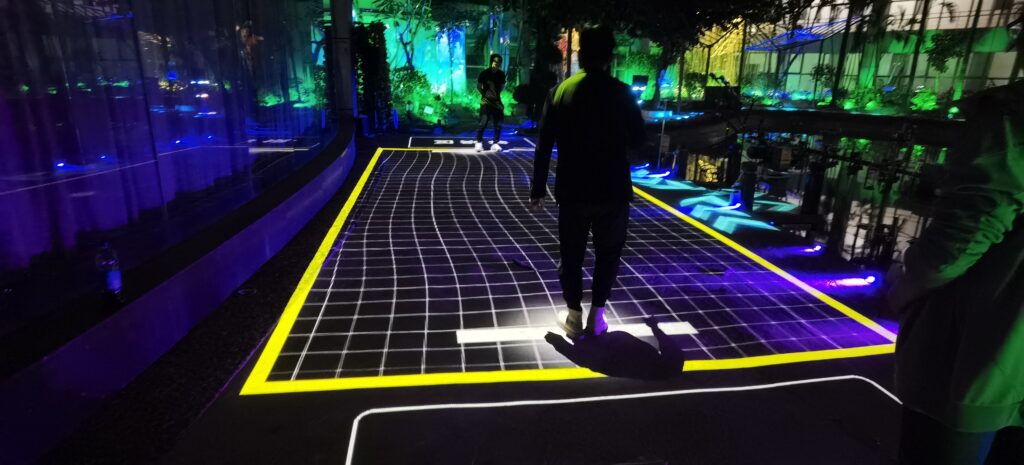
These spaces are designed to transport viewers to different worlds, whether it’s exploring an underwater ecosystem, walking through a historical period, or enjoying a visually stunning art exhibition. The possibilities are limited only by the creativity of the content creators and the capabilities of the technology.

